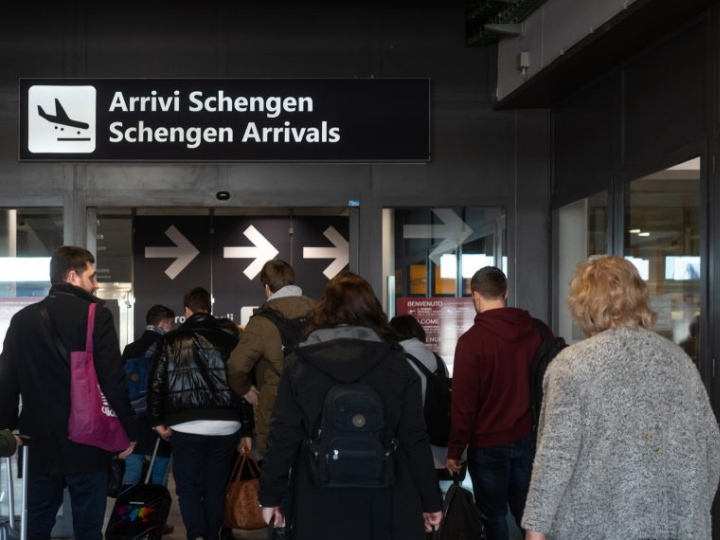by Urmas Paet*
The continuing spread of the Coronavirus in Europe has led to a situation where there is no longer any point to talk about the free movement of people in the Schengen area. In essence, it has collapsed, writes Urmas Paet.
Last spring, when countries quickly began closing borders for travel without coordinating it with their neighbours, let alone coordinating it with other European countries, it was somehow understandable.
Back then the situation was new and frightening. But now that this situation has been going on for a whole year, not much has changed for the better. Countries are still making decisions separately and only in the light of their own interests.
Their uncoordinated decisions take effect very quickly, cause confusion and affect many people’s movements. This is killing Europe’s greatest achievement – our common principle of the free movement of people.
This is by no means acceptable. There used to talk about coordinating national decisions and about the coordinating role of the European Commission. In reality, there is no such thing. The result is that today’s Europe is like a quilt made out of different colours and materials.
There are countries that have essentially banned citizens of other EU countries from entering. For example, Estonia’s northern neighbour, Finland, does not allow even people who have a negative COVID-19 test to enter the country.
The entry conditions in the so-called EU free movement area vary hugely from country to country.
Starting with whether or not it is necessary to show a negative test result. In some cases, a test is required, which must not be older than 72 hours. In other countries, the test must not be older than 48 hours, in some cases even 24 hours.
In some countries, quarantine is required for seven days. In some ten. In some countries, another test must be done within a few days. Some countries can only be entered by representatives of limited categories, others only by their own citizens. Europe has not seen such a mess of rules for decades.
Travel restrictions are at times decided on the basis of the national average infection rates over the last two weeks. However, in many cases, regional differences within one country are many times greater than they are according to these averages between countries.
For example, in Estonia, the corona situation is rather even throughout the country by now, but only a few weeks ago, Tallinn had a way higher rate than many other regions of Estonia. The situation is similar in Finland, where the infection rate in Helsinki and nearby is many times higher than in Lapland.
But what is used to justify the entry restrictions is the national average, which is very misleading to get an objective picture.
I am not very optimistic that, even with the best of intentions, the European Commission or the EU Council will be able to harmonize the rules within Europe anymore.
The longer-term concern is that the mistrust between neighbours, and also more widely between European countries, is very much present and it might not disappear when the virus recedes. This mistrust will unfortunately leave its mark for a long time to come.
To sum up the travel restrictions in Europe, it is clear that nothing has been learned from the spring 2020 experience of breaking up the Schengen area of free movement. In a year, virtually no mechanism has been put in place to create a basis for countries to respect their neighbours and other countries by imposing restrictions together in a harmonized manner.
Nothing like that is happening.
There is still hope, that the pace of vaccination will increase and the virus will recede, and as a result, it will be possible to return to pre-pandemic times. Although, once again, the damage that has already arisen in Europe from mistrust cannot be abolished in a few days or weeks or even longer.
Thus the minimum that we should expect from the EU Council and the European Commission is to prevent the EU area of free movement from completely collapsing. After all, European countries are not so different that they could justify the current mess and continuing overnight surprises about new rules and requirements.
In such unconstructive spirit, the Schengen area of free movement would have never been possible in the first place.
*vice-chair of the European Parliament’s Foreign Affairs Committee (AFET)
**first published in: www.euractiv.com




 By: N. Peter Kramer
By: N. Peter Kramer
